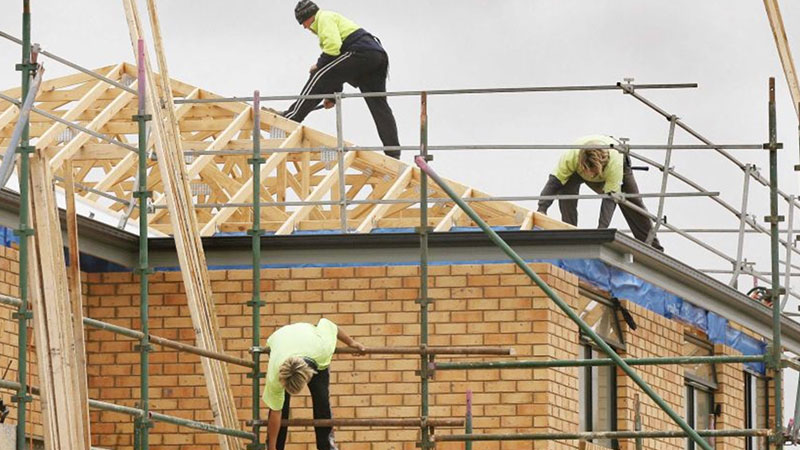Infrastructure spending, build-to-rent land tax changes, and stamp duty waivers for buyers of homes worth up to $1 million form part of the Victorian budget, in what is arguably the most important in the state’s history.
Tuesday’s budget revealed the pandemic’s true impact on the state, forecasting a record deficit with Victoria $23.3 billion in the red.
As state treasurer Tim Pallas handed down the delayed budget, Victoria recorded no new cases of coronavirus on Tuesday and zero active cases across the state.
But with 290,000 jobs since lost from the state economy, Victoria's budget aims to spend big, to the tune of $49 billion over the next four years, with the goal of creating 400,000 jobs by 2025.
Stamp duty discounts, infrastructure blitz
In its stride towards economic recovery, big-spending will go towards infrastructure with Victoria announcing almost $20 billion ($19.6 billion) to be spent each year until 2024.
This includes the $2.2 billion for the Suburban Rail Loop, and $2 billion towards Geelong Fast Rail—matching the federal government’s contribution to the project.
Average government infrastructure investment from 2020-21 to 2023-24 will be around four times the 10 year average of 2014-15.
Tax relief on stamp duty for residential property transactions of up to $1 million has also been announced.
A waiver of 50 per cent for new residential properties, and 25 per cent for existing residential properties, will be available for purchases of up to $1 million on contracts entered until 30 June 2021.
On a $1 million house, this change reflects a $27.5k saving for buyers of a new property, and a $13.7k saving on an established dwelling.

Build-to-Rent land tax policy announced
Forming its $5.3 billion "Big Housing Build" initiative, build to rent land tax changes were included in the budget, which would make more projects in the sector viable.
The state announced a 50 per cent land tax discount for eligible new developments until 2040. These developments will also be exempt from the Absentee Owner Surcharge over the same period.
The state says it aims to increase its supply of housing and options for renters by supporting the build-to-rent sector.
Regional Victoria is set to receive 25 per cent of the 12,000 new social housing package earlier announced.
Victoria has extended the $20 000 First Home Owner Grant for those buying or building a new home in regional Victoria, which applies to contracts of sale entered into, up until the end of June 2021.
A 50 per cent stamp duty concession on the purchase of commercial and industrial properties aims to lure businesses to regional Victoria, and will be brought forward to January 2021.
Clean energy push
A $1.6 billion investment into clean energy across the state was announced.
This includes $682 million to develop Victoria’s Renewable Energy Zones—from Mildura to the east coast, and $448 million for home energy efficiency upgrades, which covers 250,000 low-income households and 35 000 social housing properties.
The state's Jobs for Victoria announcement forms the centrepiece of its recovery plan, with $619 million pegged towards helping those out of work look for employment.
Employment fell by 180 000 between the March and September quarters 2020 and is expected to fall by 3.25 per cent in 2020‑2021.
Victoria’s unemployment rate is forecast to peak at 8.25 per cent in this year's December quarter, and average 7.75 per cent in 2020‑21.
The government has set a goal of creating 200,000 jobs by 2022 and 400,000 by 2025.
Moody’s Investors Service estimates the state’s borrowing requirements in fiscal 2021 alone have risen by $20-$25 billion as a result of the second lockdown.
“While record-low interest rates will enable the state to absorb such a sharp rise in debt, borrowings will remain elevated for an extended period of time and significantly constrain Victoria’s operating profile over time,” Moody’s vice president John Manning said.
“In turn, this will test institutional capacity as the state targets fiscal repair over an extended period of time.”














